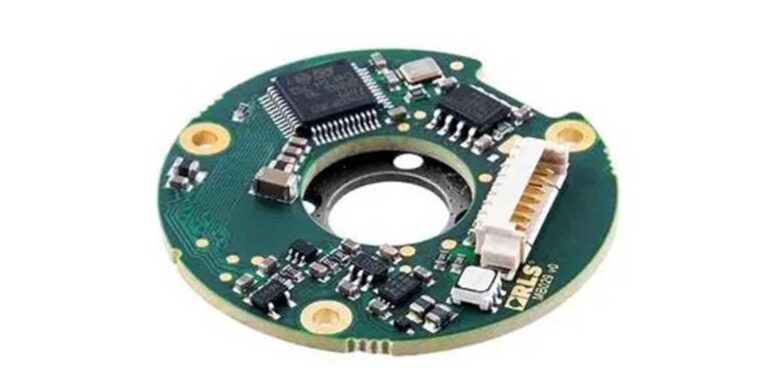Common faults with encoders include faulty cable connections, temperature effects, power supply problems, mechanical vibration, magnetic field disturbances, encoder disk wear, signal reception failures and so on. In the industrial field, an encoder is a commonly used device for converting mechanical motion into a digital or analog signal for processing by a computer system. It has the characteristics of high resolution, high precision, and high speed. This article will introduce the common encoder problems with solutions.

Table of Contents
Power failure
Power failure is one of the common causes of encoder failure. When the encoder cannot start normally or provide an accurate feedback signal, first check whether there is a problem with the power supply. Possible causes include faulty power line, unstable or insufficient power supply voltage, etc. The solution is to check the power line connection to ensure that the power supply is stable and reliable.
Loss of signal
Loss of signal is another common problem of encoder failure. This could be due to a wrong connection, damage to the signal line, or interference. In order to solve this problem, it is necessary to check whether the connection of the signal line is correct, and eliminate possible interference sources. Also consider using shielded cables to reduce interference.

Bearing damage
The bearing is the key mechanical part inside the encoder, which is responsible for supporting and maintaining the stability of the rotating motion. If the bearings are damaged or severely worn, the performance of the encoder will be affected. This may cause signal instability or increased errors. The solution to this problem is to regularly check the wear of the bearings and replace damaged bearings in time.
Encoder disc damaged

This is a relatively common way of encoder damage. The main structure of the rotary encoder includes mechanical flange, shaft system and disc, circuit board, protective shell and electrical signal connection system. The shaft system and disc structure are relatively easy to be damaged by external force impact due to their limited load-bearing capacity.
These damages mainly come from the shaft system of the encoder carrying excessive mechanical impact force, which causes the shaft system of the encoder to deviate, which eventually causes the encoder disc to collide with the internal shading sheet or circuit components.
Thus, it is very important to let the encoder avoid bumps and knocks. The solution for this problem is changing a new encoder,
Water ingress causes encoder not working

Since the protection level of the rotary encoder is generally IP65 or IP67, it has strong waterproof ability to a certain extent, but it does not mean that the product is completely waterproof.
The main reason is that when the encoder is in a working environment with particularly high humidity, due to the change of ambient temperature, water vapor will be introduced into the encoder from the gap between the oil seal at the shaft end of the encoder and the bearing, and then condensed into water and attached to the circuit. On the structure and encoder disc, long-term accumulation will cause damage to the circuit of the encoder and damage to the encoder disc.
The solution to this problem is to install the encoder in a waterproof junction box or replace the encoder with the ip68 protection level.
Mechanical vibration
Mechanical vibration is one of the potential causes of encoder failure. In some working environments, the mechanical system may generate large vibrations, which may cause the encoder to not be firmly fixed or the internal components to loosen. In order to avoid this situation, you can use a shock absorber or add a fixed fastener to ensure the stability of the encoder.
Temperature issues
Encoders operating in extreme temperature environments may cause performance degradation or malfunction. Excessive temperatures may damage electronic components or cause loss of accuracy. Therefore, it is recommended to use the encoder within the specified operating temperature range and ensure good heat dissipation conditions to avoid temperature-induced problems.

Circuit board failure
After using the encoder for a long time, the circuit board may appear aging or damaged, resulting in failure. This may be caused by aging of electronic components, environmental corrosion, overvoltage, etc. The way to solve this problem is to check and maintain the encoder regularly, and replace the aging or damaged circuit board in time.
Conclusion
To sum up, encoders are indispensable tools in the industrial field, known for their high resolution, precision and speed. However, they are not without weaknesses. Problems can be caused by a variety of factors, such as inconsistent power supply, loss of signal, mechanical wear, and environmental conditions such as temperature and magnetic fields. Each common fault has its own set of solutions, from regular maintenance checks to specific interventions such as using shielded cables or ensuring optimum operating temperatures. By being proactive about these potential pitfalls, the reliability and lifetime of an encoder in any application can be significantly improved.




